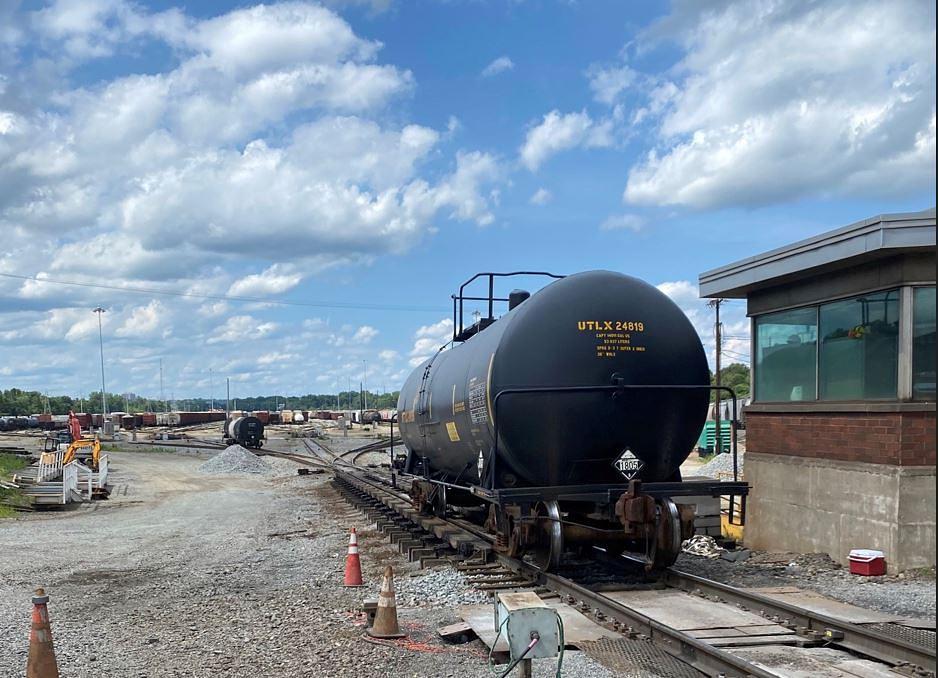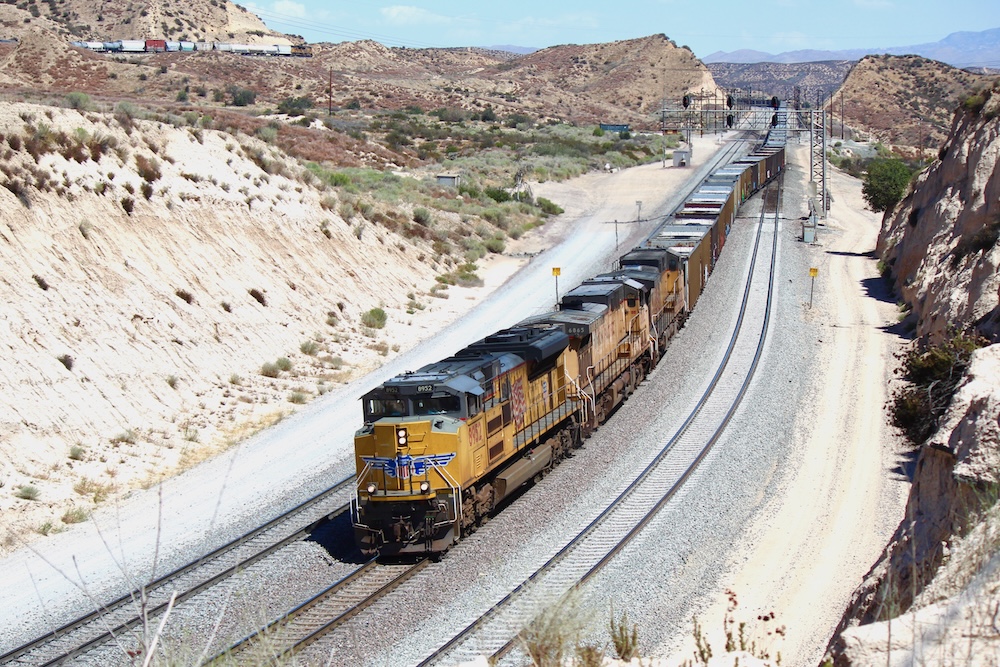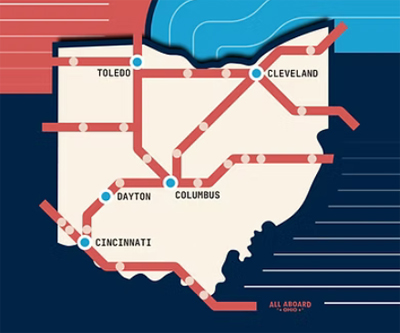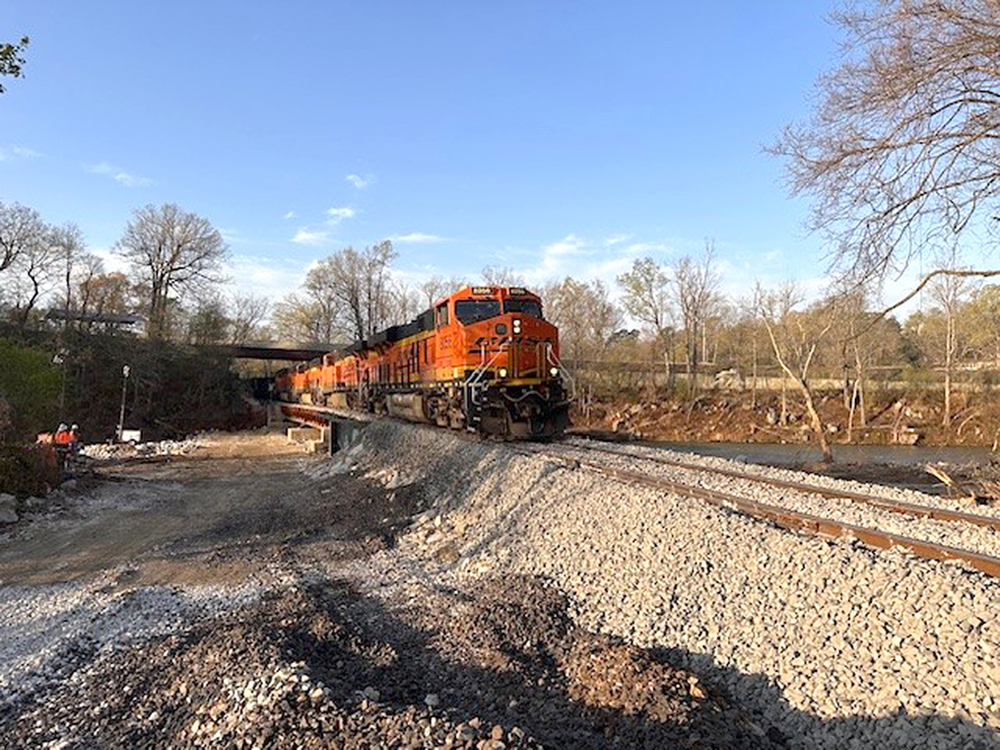
PITTSBURGH — Service on the big four U.S. Class I railroads is improving slowly but remains uneven amid ongoing and sporadic crew shortages, shippers said this week at the North East Association of Rail Shippers conference.
One thing that’s helped improve service is the resumption of hump operations at several yards over the past few months, says Eric Monger, vice president of KBX Rail, the logistics arm of the Koch Industries conglomerate. KBX ships more than 180,000 carloads annually of everything from lumber and toilet paper to diesel fuel and anhydrous ammonia.
“Bringing these operations back online has really helped to move freight, and I’m thankful to the Class I’s for being able to do that,” Monger says. “I know that putting cars over the hump in manifest service is certainly not as glamorous as things like intermodal or unit trains.”
But carload is here to stay, Monger says, due in part to interest in onshoring or near-shoring of manufacturing from China and elsewhere in Asia.
Norfolk Southern resumed hump operations at its yards in Macon, Ga., and Bellevue, Ohio, this summer as part of its updated operating plan. Union Pacific has reopened the eastbound hump at Bailey Yard in North Platte, Neb., and resumed hump operations at Davidson Yard in Fort Worth while construction is under way on an intermodal terminal expansion at its yard in West Colton, Calif.
The railroads had idled the humps as part of their shifts to operating models based on the principles of Precision Scheduled Railroading. NS has said volume changes justified reopening the humps, a move that also helps free up yard crews for use elsewhere.
Railroads need to transform yard concepts to help make service more resilient when disruptions hit, Monger says. One would be classification yard innovation that would maintain their throughput as volume levels fluctuate. “We say it’s either a hump yard or it’s a flat switching yard,” he says. “Well, why can’t it be both? Let’s figure that out.”
The Class I railroads are closing in on their conductor hiring goals, but Monger says a return to full train and engine crew staffing levels won’t bring overnight improvement. It will take time, he says, for new conductors to gain the experience necessary for them to become as productive as veteran train crews.
Missed switches remain a problem for shippers of steel, scrap metal, and treated lumber products due to both crew availability and crews that run afoul of the hours of service law. The shippers said service problems bounce from location to location and railroad to railroad.
Car availability also is an issue for steel producers and scrap metal shippers.
Monger says KBX was able to go from record levels of missed switches in 2021 to relatively low levels this summer by working with the local crews and trainmasters responsible for serving their plants. KBX rearranged worker schedules inside some of its facilities to better accommodate the railroad’s switching schedule and has added intraplant trackage so it can keep more cars on hand to reduce the impact of missed switches.
Michael Miller, president of Genesee & Wyoming’s North American operations, says the company’s short lines have been affected when a Class I interchange bounces from 150 cars one day to none the next.
But service is improving, he says, adding that finalizing new labor contracts at the Class I’s likely will help boost productivity by ending rail worker slowdowns at some locations.
Shippers, short lines, and analysts say they don’t expect service on BNSF Railway, CSX Transportation, Norfolk Southern, and Union Pacific to return to normal levels until next year.














It only cost the UP shareholders 13 million dollars to close the Neff Yard hump, but they will save a million dollars a year. It will cost another 3 million+ to reopen it, so it should have the payback to reopen sometime after 2035. Vena #winning
You do know that Vena has been gone for a while.
Doesn’t matter if it’s a hump or flat yard. They just want to reduce head count so move switching to what they consider “underutilized” intermediate yards. So now you switch cars more often on their journey at yards that are handling volumes they weren’t built to handle.
Imagine that! Using gravity to help switch cars – a revolutionary concept!
But let us say that hump counts drop, and the temptation to flat-switch rises from the grave. How about “One would be classification yard innovation that would maintain their throughput as volume levels fluctuate. “We say it’s either a hump yard or it’s a flat switching yard,” he says. “Well, why can’t it be both? Let’s figure that out.”.
It has already been done, by geometrically switch cars, to reduce flat-switching at small satellite yards? It does work!